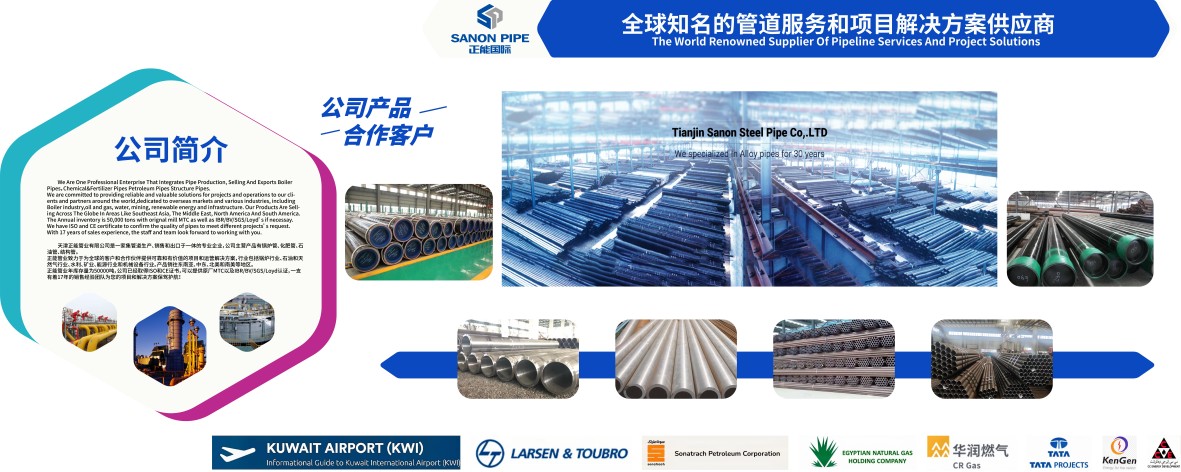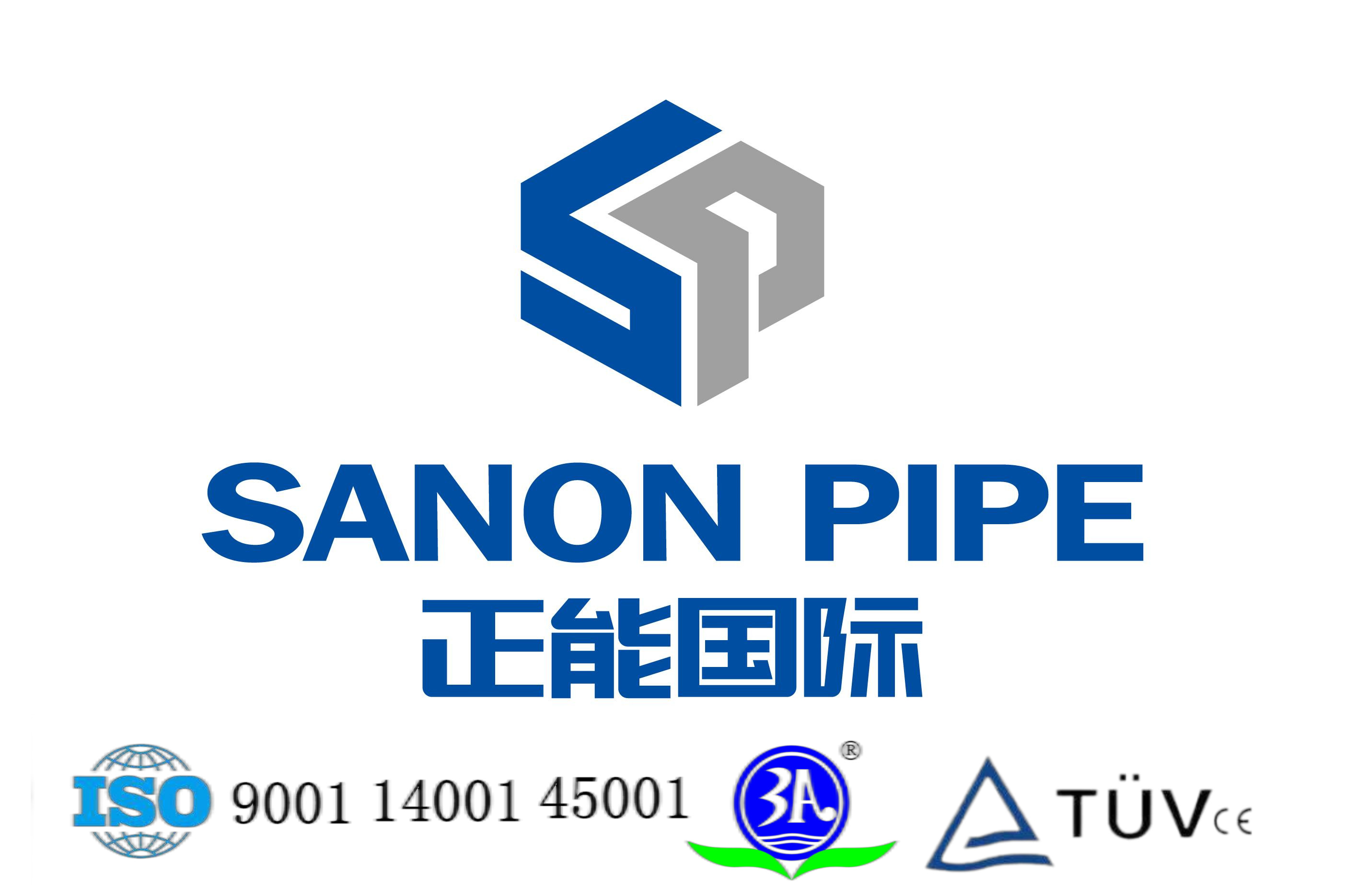The application of seamless steel pipes mainly reflects three major fields. One is the construction field, which can be used for underground pipeline transportation, including groundwater extraction when building buildings. The second is the processing field, which can be used in mechanical processing, bearing sleeves, etc. The third is the electrical field, including pipelines for gas transmission, fluid pipelines for water power generation, etc.
For example, seamless steel pipes are used in structures, fluid transportation, low and medium pressure boilers, high pressure boilers, fertilizer equipment, petroleum cracking, geological drilling, diamond core drilling, oil drilling, ships, automobile half-shaft casings, diesel engines, etc. The use of seamless steel pipes can avoid problems such as leakage, ensure the use effect, and improve material utilization.
What should be done when using seamless steel pipes?
1. Cutting processing
Seamless steel pipes can be cut when in use. The purpose of cutting is to meet the needs of use. Therefore, the length and other dimensions must be measured before cutting to meet the needs of use. When cutting, you must choose appropriate tools. Generally, metal saws, toothless saws and other tools can be used for cutting. At the same time, both ends of the fracture must be protected, that is, use fireproof and heat-resistant baffles to prevent splashing sparks. , hot iron beans, etc.
2. Polishing treatment
Seamless steel pipes need to be polished after cutting. This can be done with an angle grinder. The purpose of polishing is to avoid pipe damage caused by melting or burning of the plastic layer during the welding operation.
3. Plastic coating treatment
After the seamless steel pipe is polished, it needs to be protected by plastic coating. That is, heating the pipe mouth with oxygen and C2H2 will cause partial melting. Then apply plastic powder. It must be applied in place and evenly. If it is a flange If it is a plate, it needs to be applied to the position above the water stop line. When heating, the temperature must be controlled to avoid bubbles caused by too high a temperature and the plastic layer falling off caused by the inability to melt the plastic powder at too low a temperature.

Post time: Dec-05-2023





